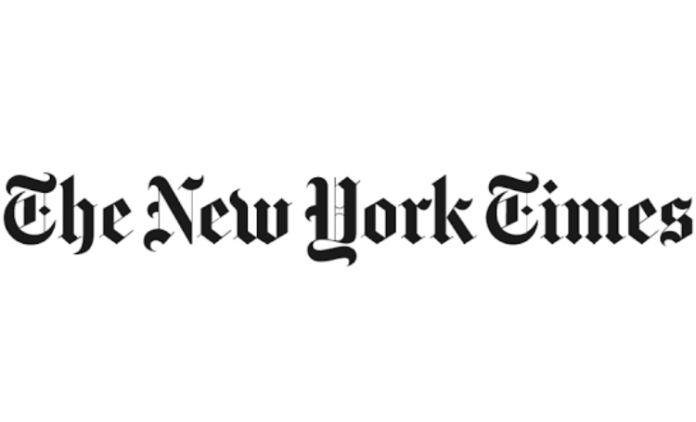Rabbi Avi Shafran
Religion News Service, Sept. 13, 2022
“The critical thinking, textual analysis, reading comprehension, argumentation skills; the historical knowledge, the foreign language acquisition, the legal concepts; indeed, the Jewish culture, tradition, and ethical behavior … embedded in these schools’ religious study are genuinely remarkable.”
The flyers in the synagogues in my Staten Island neighborhood read: “Chaverim Jr. — We’re happy to announce we are accepting new members. Please call… Thank you.”
“Chaverim” — “friends” in Hebrew — is the name for many volunteer groups in Orthodox Jewish communities that assist their neighbors — Jewish or not — free of charge, with roadside assistance and other help. In my community, a cadre of boys 12-16 years old do things like repair bicycles and scooters and move furniture.
The members of “Chaverim Jr.” are all Haredim — what the media likes to call “ultra-Orthodox” — Jewish boys. Many, if not most, are Hasidim, a subset of the Haredi world. They all attend religious schools, called yeshivas, whose curricula are expected to be more closely regulated by the New York State Education Department. Others are under ferocious attack by, among others, The New York Times.
On Sunday (Sept. 11), the Times dedicated four full pages, beginning on its front page, to a story that cherry-picked data and haphazardly generalized about standards and practices in some of the state’s yeshivas. It also accused Hasidic educational institutions of employing unqualified and violent teachers, censoring textbooks, forcing boys to memorize meaningless material, manipulating elections and hoarding public funding.
The education at yeshivas, it went on, deprived students of the means to make a living, leaving the Hasidic community impoverished.
The Times focused on the few dollars per child that yeshiva students receive for things like school safety and nutritious meals for qualifying students. This number represents a tiny fraction of the more than $28,000 spent on each New York City public school student: The story never let on that private schools in New York save the city’s taxpayers more than $1 billion each year.
Many of the metrics in the Times article have been challenged by, among others, New York Assemblyman Simcha Eichenstein, who in the New York Sun noted exam results from New York yeshivas that don’t match the Times’ reporting. Tablet’s Liel Leibovitz exposed other flaws in the Times’ accusations, noting that while the yeshiva education is different, it is not necessarily worse. … source






